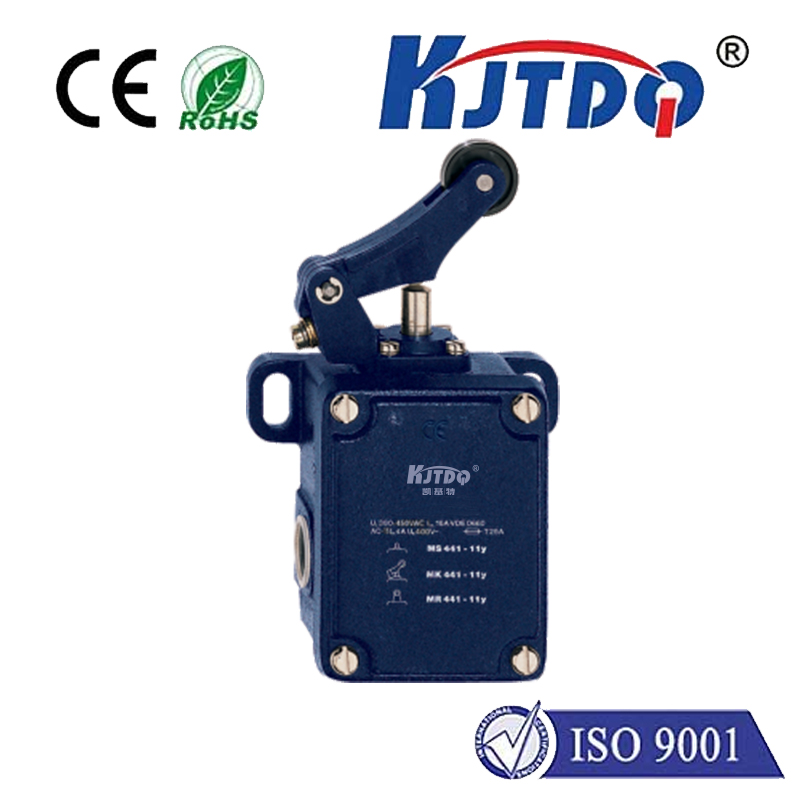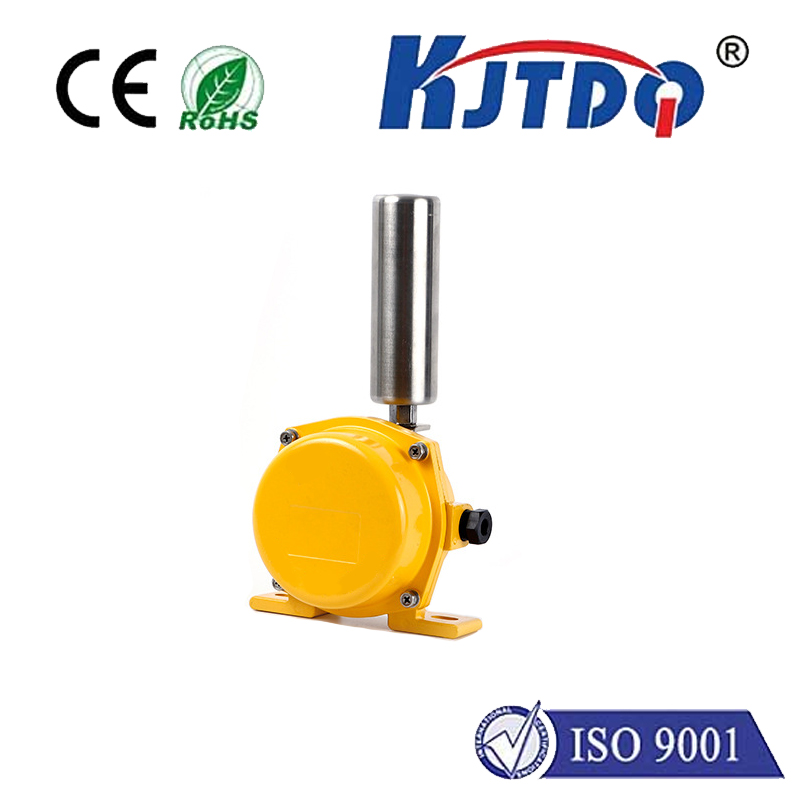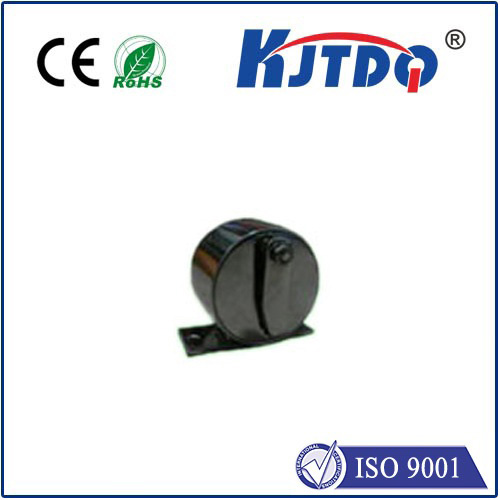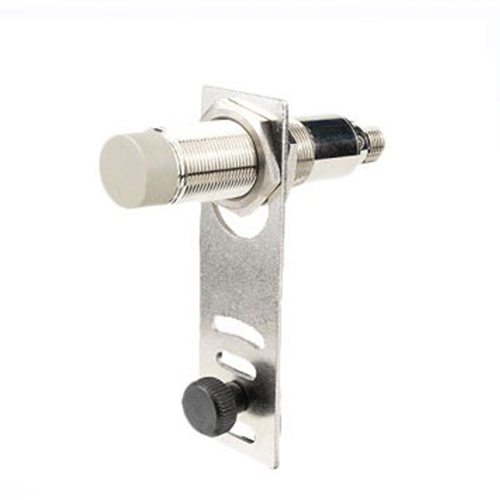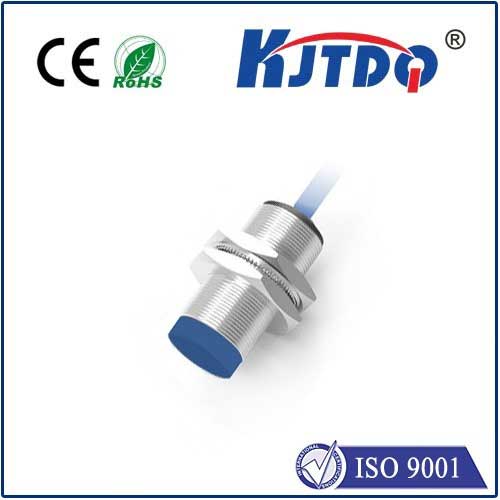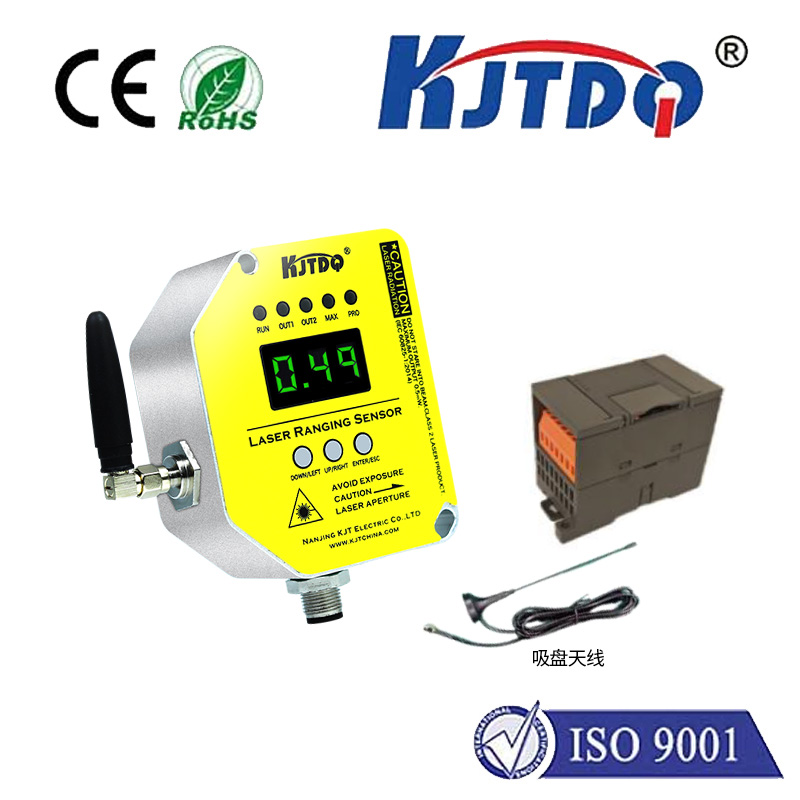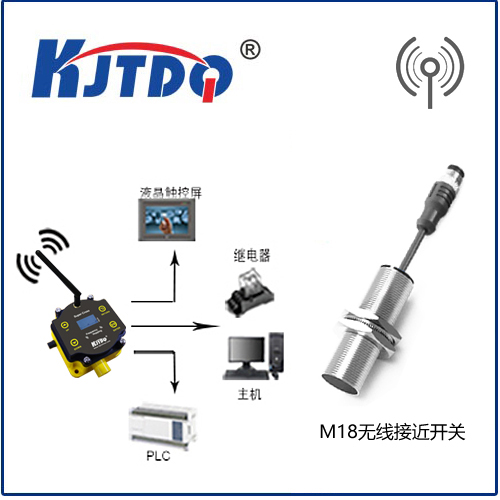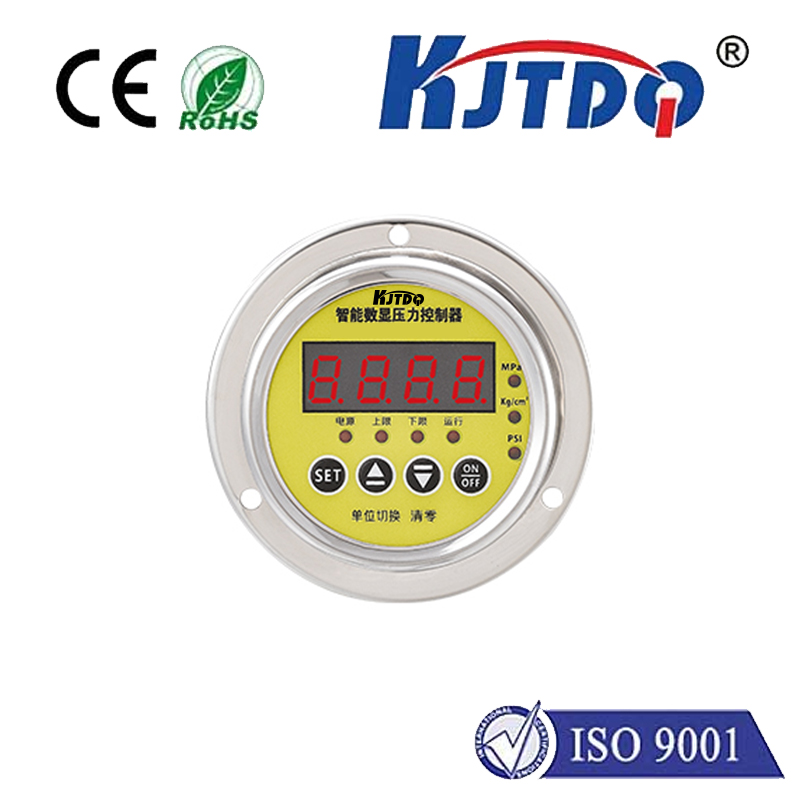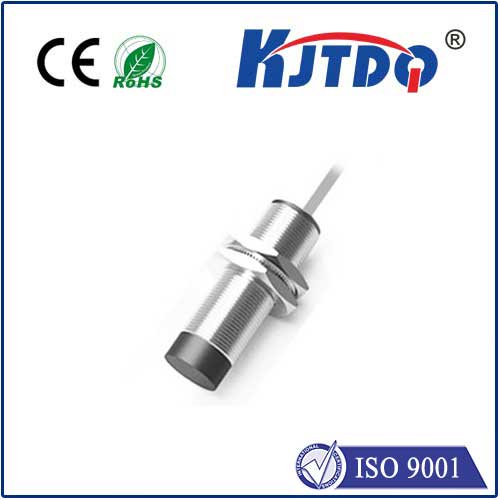

check

check

check

check

check

check

check

check

check

check
Title: Understanding CNC Limit Switches: A Comprehensive Guide
CNC (Computer Numerical Control) systems have revolutionized the manufacturing industry by increasing efficiency, precision, and productivity. One crucial component of CNC machines is the limit switch, which plays a critical role in controlling the movement of the machine tools. This article will provide an in-depth understanding of CNC limit switches, their types, function, installation, and maintenance.
I. Introduction to CNC Limit Switches
A. Definition of CNC limit switches
B. Importance of CNC limit switches in CNC machines
C. Purpose of this guide
II. Types of CNC Limit Switches
A. Mechanical Limit Switches
1. Recessed type
2. Poppet type
3. Potentiometer type
B. Electromechanical Limit Switches
1. Vacuum interrupter (VI)
2. Magnetoresistive limit switch (MRO)
3. Photoelectric limit switch (PLE)
C. Digital Limit Switches
1. Proximity sensor
2. Optical sensor
3. PIR sensor
D. Hybrid Limit Switches
1. Combine different sensors for better performance
2. Offer more advanced features
III. Function of CNC Limit Switches
A. Position detection
1. Detection of tool position in the spindle axis
2. Detection of tool position on the workpiece surface
B. Travel control
1. Preventing excessive travel of the machine tool during operation
2. Ensuring proper tool selection for different tasks
C. Cycle control
1. Preventing unnecessary cycle starts during operation
2. Improving overall system efficiency and accuracy
D. Emergency stop functionality
1. Safety feature to halt the machine in case of emergencies or errors
2. Ensuring operator safety during operation
IV. Installation of CNC LimitSwitches
A. Choosing the appropriate type of limit switch based on requirements
B. Proper mounting and positioning of the limit switch on the machine tool frame or coverplate
C. Connecting the limit switch to the controller or computer system for proper communication and signalization
D. Testing and calibration of the limit switch to ensure accurate operation and prevent errors or malfunctions
E. Following manufacturer's instructions and guidelines for proper installation and maintenance of the limit switch.
